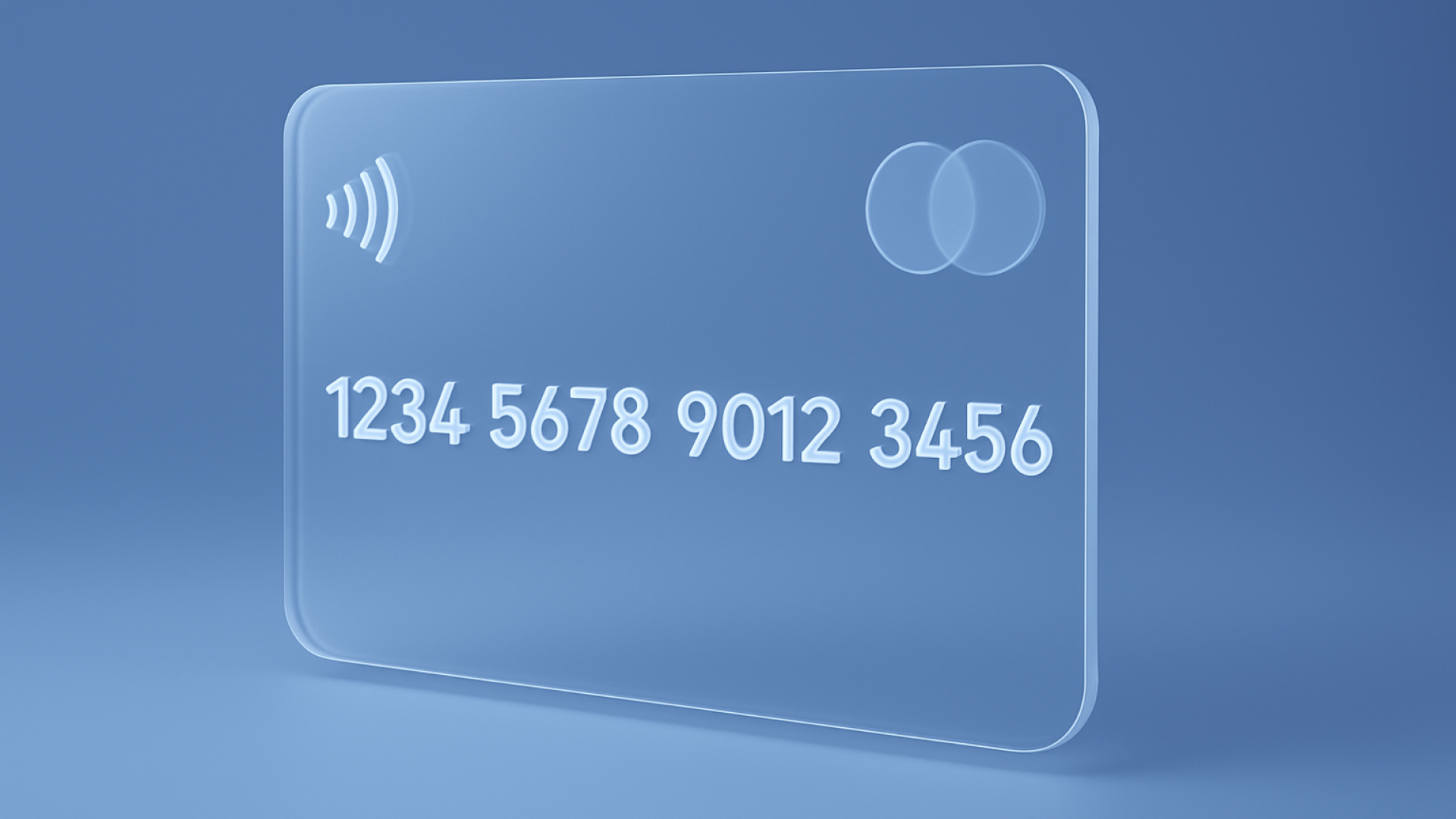Nowadays, the emergence of online wallet apps has revolutionized the way we manage our finances and navigate our daily lives. Beyond just a means of conducting financial transactions, digital wallets have evolved into comprehensive lifestyle management tools, seamlessly integrating various aspects of our routines into one convenient platform.
Picture this: no more fumbling for physical wallets or digging through purses to find loyalty cards or coupons. With a few taps on your smartphone, you can effortlessly pay for groceries, redeem rewards points, purchase movie tickets, and even split bills with friends. Whether it’s grabbing your morning coffee on the go, ordering takeout for dinner, or booking tickets for a weekend getaway, online wallet apps streamline these tasks, offering unparalleled convenience and efficiency.
Moreover, the growing popularity of digital wallets has extended beyond financial transactions, with users leveraging these platforms to store boarding passes, event tickets, and even digital keys for accessing shared workspaces or rental properties. In essence, online wallet apps have become indispensable companions in our modern lifestyles, empowering us to manage our money and daily tasks with unmatched ease and flexibility. But what are they, actually?
Understanding digital wallets: more than just money
Initially digital wallets, often referred to as e-wallets or mobile wallets, are digital platforms that enable users to securely store and manage various forms of payment methods, including credit cards, debit cards, and bank account information, all within a single application on their smartphones or other electronic devices.
Digital wallets conceived as tools for facilitating online transactions, digital wallets have undergone a remarkable evolution, transcending their original purpose to become multifaceted lifestyle management platforms. Today, these wallets not only facilitate financial transactions but also offer a wide array of features and functionalities aimed at enhancing users’ daily lives.
Their development has been propelled by advancements in wallet software development, which have enabled developers to create increasingly sophisticated and user-friendly interfaces, as well as integrate seamless connectivity with third-party services and applications.
As digital wallets continue to evolve and innovate, they hold the potential to further revolutionize how we manage our finances and interact with the world around us.
The digital wallet development journey
The digital wallet development journey encompasses several crucial stages, each vital in transforming a concept into a fully functional and user-friendly application.
It begins with ideation, where developers brainstorm innovative features and functionalities that will differentiate their digital wallet from existing options. Once the concept is solidified, the design phase commences, focusing on creating an intuitive and visually appealing user interface (UI) and user experience (UX). For example, designers may incorporate sleek, minimalist layouts and intuitive navigation menus to ensure seamless interaction with the app.
Security is paramount throughout the development process, with developers implementing robust encryption protocols and authentication mechanisms to safeguard users’ financial data and personal information. This stage involves rigorous testing to identify and mitigate potential vulnerabilities, ensuring that the digital wallet meets industry security standards and regulations. For instance, developers may employ biometric authentication methods such as fingerprint or facial recognition to enhance security and user confidence.
Integration with third-party services and applications is another critical aspect of digital wallet app development. This stage involves establishing seamless connectivity with financial institutions, payment gateways, and merchants to enable transactions and facilitate value-added services such as loyalty program integration and receipt tracking. For example, developers may integrate APIs from popular payment processors like PayPal or Stripe to provide users with multiple payment options and enhance the app’s versatility.
Continuous iteration and improvement are essential throughout the development journey, with developers soliciting feedback from users and incorporating valuable insights to refine and enhance the app’s functionality. This iterative approach ensures that the digital wallet remains responsive to evolving user needs and preferences, driving ongoing engagement and adoption.
Ultimately, the digital wallet development journey culminates in the launch and deployment of the application, putting an end to months of hard but extremely satisfying work.
Key features of a successful digital wallet application
A successful digital wallet application has a variety of key features to enhance user experience and functionality.
- Secure payment processing is paramount, ensuring that users’ financial transactions are protected through robust encryption and authentication measures, instilling confidence in the platform’s security.
- Multi-currency support and exchange broaden the app’s accessibility, enabling users to conduct transactions in different currencies and facilitating seamless international payments.
- Integration with loyalty programs and rewards adds value by allowing users to earn and redeem points directly within the app, streamlining the process of accumulating rewards across various merchants and services.
- A seamless user experience across devices ensures consistency and convenience, enabling users to access their digital wallet seamlessly from smartphones, tablets, and desktop computers, with synchronized data and settings.
- Moreover, personal finance management tools empower users to track their spending, set budgets, and monitor financial goals, providing valuable insights into their financial health and helping them make informed decisions.
- Integration with third-party services such as ticket booking and food delivery further expands the app’s functionality, allowing users to seamlessly access additional services and streamline their daily activities. For example, users can book flights, purchase event tickets, or order food delivery directly within the digital wallet app, eliminating the need to switch between multiple platforms.
By having these key features, a successful digital wallet application not only simplifies financial management but also enhances users’ overall lifestyle and convenience, making it an indispensable tool for modern living.
How to create a digital wallet: a step-by-step guide
Creating a digital wallet is a complex process that requires careful planning and execution at every stage.
- Market research and identifying user needs serve as the foundation, enabling developers to gain insights into market trends, competitor offerings, and user preferences. By understanding the target audience’s requirements and pain points, developers can tailor the digital wallet to meet their specific needs and expectations.
- The next crucial step is designing user interface and user experience (UI/UX), where designers focus on creating an intuitive and visually appealing interface that enhances usability and engagement. This involves wireframing, prototyping, and iterative design processes to refine the app’s look and feel.
- Choosing the right technology stack is essential for ensuring scalability, performance, and compatibility with various platforms and devices. Developers must carefully evaluate different programming languages, frameworks, and tools to build a robust and efficient digital wallet application.
- Implementing security measures and compliance standards is paramount to protect users’ sensitive financial information and ensure regulatory compliance. This involves integrating encryption, authentication, and data protection mechanisms to safeguard against unauthorized access and cyber threats.
- Testing and quality assurance are integral parts of the digital wallet development process, ensuring that the app works flawlessly across different devices, operating systems, and scenarios. Comprehensive testing methodologies, including functional testing, usability testing, and security testing, help identify and address any bugs or issues before the app is launched to the public.
- Finally, launching and marketing strategies play a crucial role in promoting the digital wallet and driving user adoption. Your team must devise effective marketing campaigns, leverage social media, and collaborate with influencers and industry partners to generate buzz and attract users to the app.
Overall, creating a digital wallet requires a systematic approach and collaboration across multiple disciplines, including design, development, security, and marketing, which can be truly challenging.
The role of e-wallet software development companies
When delving into the realm of e-wallet software development, partnering with experienced development teams is paramount for ensuring the success and effectiveness of the digital wallet application. Wallet app development companies bring a wealth of expertise and specialized knowledge to the table, having worked on numerous projects within the fintech industry. By collaborating with such companies, businesses can leverage their in-depth understanding of digital wallet technology, industry regulations, and emerging trends to create innovative and reliable solutions that meet the unique needs of their target audience.
Furthermore, these companies offer customization options and specific solutions, allowing businesses to tailor the digital wallet to their requirements and branding guidelines. Whether it’s integrating custom features, implementing unique design elements, or adapting the app to different platforms and devices, wallet software companies can provide flexible and scalable solutions that align with their clients’ goals and objectives.
Additionally, post-development support and maintenance services are essential for ensuring the ongoing performance and security of the digital wallet application. Wallet software companies offer comprehensive support packages, including regular updates, bug fixes, and security patches, to address any issues and enhance the app’s functionality over time.
Online wallet in a banking app – added value for the user
Introducing SuperWallet, a revolutionary addition to your existing mobile banking app that transforms it into a comprehensive lifestyle management hub. SuperWallet seamlessly integrates a variety of m-commerce services directly into your banking application, eliminating the need for users to install multiple separate applications. With SuperWallet, your customers gain access to a plethora of convenient services, all accessible from within their trusted banking platform.
Imagine your customers being able to order a taxi, pay for public transport fares, or even buy event tickets without ever leaving your banking app. SuperWallet empowers users to accomplish these tasks and more, all while securely managing their finances. From shopping online to sending gifts with delivery, SuperWallet simplifies everyday tasks and transactions, making banking not just about managing money, but about enhancing lifestyle and convenience.
So how does SuperWallet work? It’s a cloud-based set of lifestyle management services integrated seamlessly into your banking application. This integration is made possible through deep collaboration with selected partners and merchants, ensuring a diverse range of mobile content and services are available to your customers. With complete infrastructure in the cloud and iOS and Android SDKs offering complete m-commerce functionality, SuperWallet is designed to elevate the banking experience to new heights.
The benefits for banks are equally compelling. By incorporating SuperWallet into your banking app, you become a key player in the rapidly growing m-commerce market. This presents a new stream of revenue for banks, as merchants offering their products share their revenue with the bank. Additionally, SuperWallet drives more frequent application usage by customers, as it offers services beyond traditional banking that meet their everyday needs. Furthermore, SuperWallet provides banks with insightful transactional data, allowing for rigorous analysis of shopping behaviors across various embedded m-commerce services.
In summary, SuperWallet transforms your banking app into a one-stop destination for managing both finances and lifestyle.
Conclusion
In conclusion, the journey through the intricacies of digital wallet development and integration into banking applications underscores the profound impact these innovations have on modern financial services. From the initial stages of market research and user needs identification to the final deployment and marketing strategies, the process requires meticulous attention to detail, collaboration, and expertise. Each step, from designing seamless user interfaces to implementing robust security measures, contributes to the creation of a digital wallet that not only simplifies financial transactions but also enhances the overall lifestyle of users.
The evolution of digital wallets from simple financial management tools to integrated lifestyle management platforms exemplifies the convergence of technology and consumer needs. Today’s digital wallets offer far more than just payment processing, with features such as multi-currency support, loyalty program integration, and personalized finance management tools enriching users’ experiences and streamlining their daily activities. Moreover, the integration of digital wallets into banking applications, as exemplified by SuperWallet, represents a significant leap forward in the convergence of financial and lifestyle management services.
For banks and financial institutions, embracing digital wallet technology presents both challenges and opportunities. By partnering with experienced development teams and leveraging the latest advancements in technology, banks can position themselves at the forefront of innovation and provide their customers with unparalleled convenience, security, and value. The benefits extend beyond revenue growth to include enhanced customer engagement, valuable insights into consumer behavior, and a competitive edge in the rapidly evolving fintech landscape.
As we look towards the future, the potential for digital wallets to further revolutionize financial services and consumer experiences is boundless. With ongoing advancements in technology, shifting consumer preferences, and evolving regulatory landscapes, the journey of digital wallet development is sure to continue, driving forward the transformation of banking and lifestyle management for years to come.
By embracing this evolution and staying ahead of the curve, banks and financial institutions can pave the way for a more connected, efficient, and secure financial ecosystem that empowers users to manage their money and lifestyles with unprecedented ease and flexibility.






